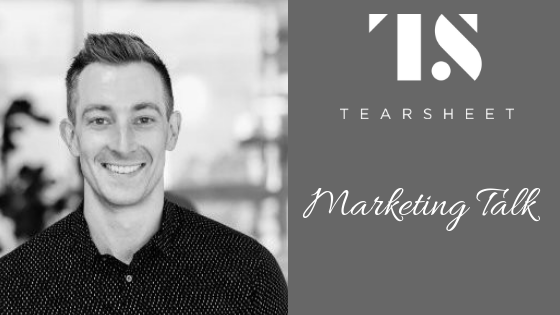Modern Marketing
How Policygenius’ NYC subway ads increased insurance sales by fifty percent with Jonathan Metrick
- Policygenius got a lot of attention for its subway poetry takeovers.
- Head of marketing Jonathan Metrick joins us to talk about offline in a digital world.








